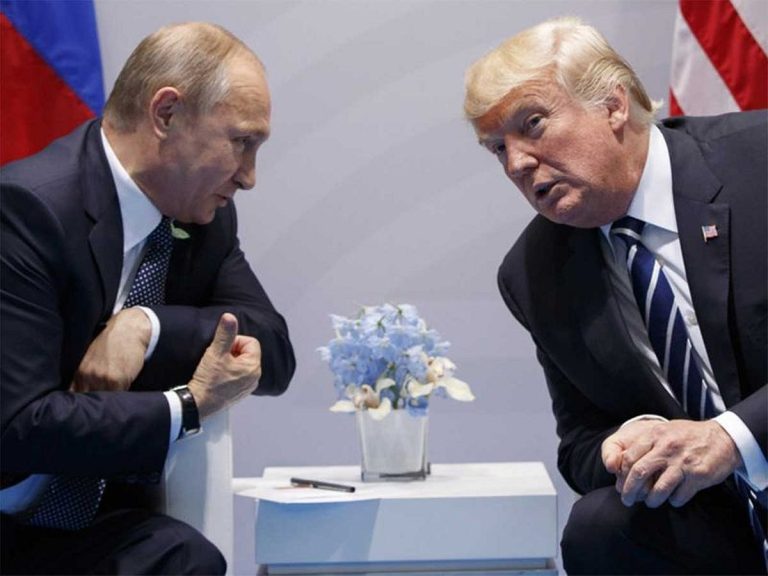US-China Trade Agreements Signal Thaw in Relations
Recent developments in US-China trade relations signal a potential thaw in the ongoing economic tensions between the two nations. After months of negotiations and posturing, both countries have reached agreements that aim to stabilize trade dynamics and restore some level of cooperation. While the outcomes may not be groundbreaking, they represent a significant shift from the confrontational stance that characterized the previous administration.
Current Trade Landscape
The trade relationship between the US and China has been marked by high tariffs and retaliatory measures. Although three-digit tariffs are no longer on the table, import duties remain elevated compared to earlier this year. Notably, China has implemented an export permitting regime for rare earth materials, which it can adjust as needed. This move aims to regulate the flow of these critical resources while giving Beijing leverage in negotiations.
Tariff Adjustments and Agricultural Trade
In a recent agreement, both nations have agreed to reduce tariffs and resume agricultural trade, particularly in soybeans. After a period of halted imports, China has committed to purchasing 12 million metric tons of US soybeans through January, with plans to buy at least 25 million metric tons annually over the next three years. This marks a notable increase from the 17 million metric tons China imported in the first eight months of the year, although imports dropped to zero in September.
US Secretary of Agriculture Brooke Rollins confirmed that China would also withdraw retaliatory tariffs on American agricultural products. This development aims to alleviate some of the financial strain on US farmers who have been adversely affected by the trade war.
Export Permitting and Rare Earth Elements
In April, China introduced a permitting requirement for the export of several rare earth elements, a move that drew criticism from the US. Following the recent agreements, Beijing has decided to pause these export rules for one year to conduct further research. This decision provides the US with an opportunity to enhance its capabilities in rare earth production, an area crucial for various industries, including technology and renewable energy.
Port Fees and Future Negotiations
Another contentious issue has been the introduction of port fees targeting China-linked vessels by the US. While these fees will not be permanently removed, they will be suspended for one year, allowing both nations to reassess their maritime trade strategies. This temporary suspension is seen as a step towards reducing tensions and fostering a more cooperative trade environment.
The future of US-China relations remains uncertain, particularly regarding fundamental issues that have persisted for years. Experts suggest that while recent agreements provide a degree of stability, they do not fundamentally address the underlying challenges in the trade relationship.
Political Reactions
The political response to the recent agreements has been mixed. Some lawmakers, like Senate Minority Leader Chuck Schumer, have criticized the deal, arguing that it fails to deliver substantial improvements for the US economy. Schumer emphasized that the agreements do not adequately address the price increases and ongoing challenges faced by American businesses and consumers.
Conversely, others in the business community view the developments as encouraging. Sean Stein, president of the US-China Business Council, expressed hope that future negotiations will tackle long-standing market access barriers and promote a more equitable trade environment.
Looking Ahead
As both nations prepare for upcoming meetings, including a planned visit by President Trump to China in April, the focus will be on addressing the deeper issues that have long plagued US-China relations. While the recent agreements mark a step towards stability, the potential for renewed disputes remains. The ability of both leaders to navigate these complexities will be crucial in shaping the future of their economic relationship.
FAQs
What are the recent changes in US-China trade tariffs?
Both countries have agreed to reduce tariffs on each other’s goods, with China committing to buy US soybeans and the US suspending certain port fees for a year.
How will the export permitting regime for rare earth materials affect trade?
China’s export permitting regime allows it to control the flow of rare earth materials, which are vital for various industries. The recent pause in these regulations gives the US time to enhance its production capabilities.
What are the implications of the recent agreements for US farmers?
The agreements are expected to benefit US farmers by resuming soybean exports to China and removing retaliatory tariffs, which had previously hurt agricultural sales.
Conclusion
The recent agreements between the US and China represent a cautious step towards stabilizing their trade relationship. While they may not resolve all underlying issues, they provide an opportunity for both nations to reassess their economic strategies and work towards a more cooperative future. As negotiations continue, the focus will be on addressing long-standing challenges and fostering a more balanced trade environment.
Also Read:
Trump and Xi Meet: Signs of Easing Trade Tensions







